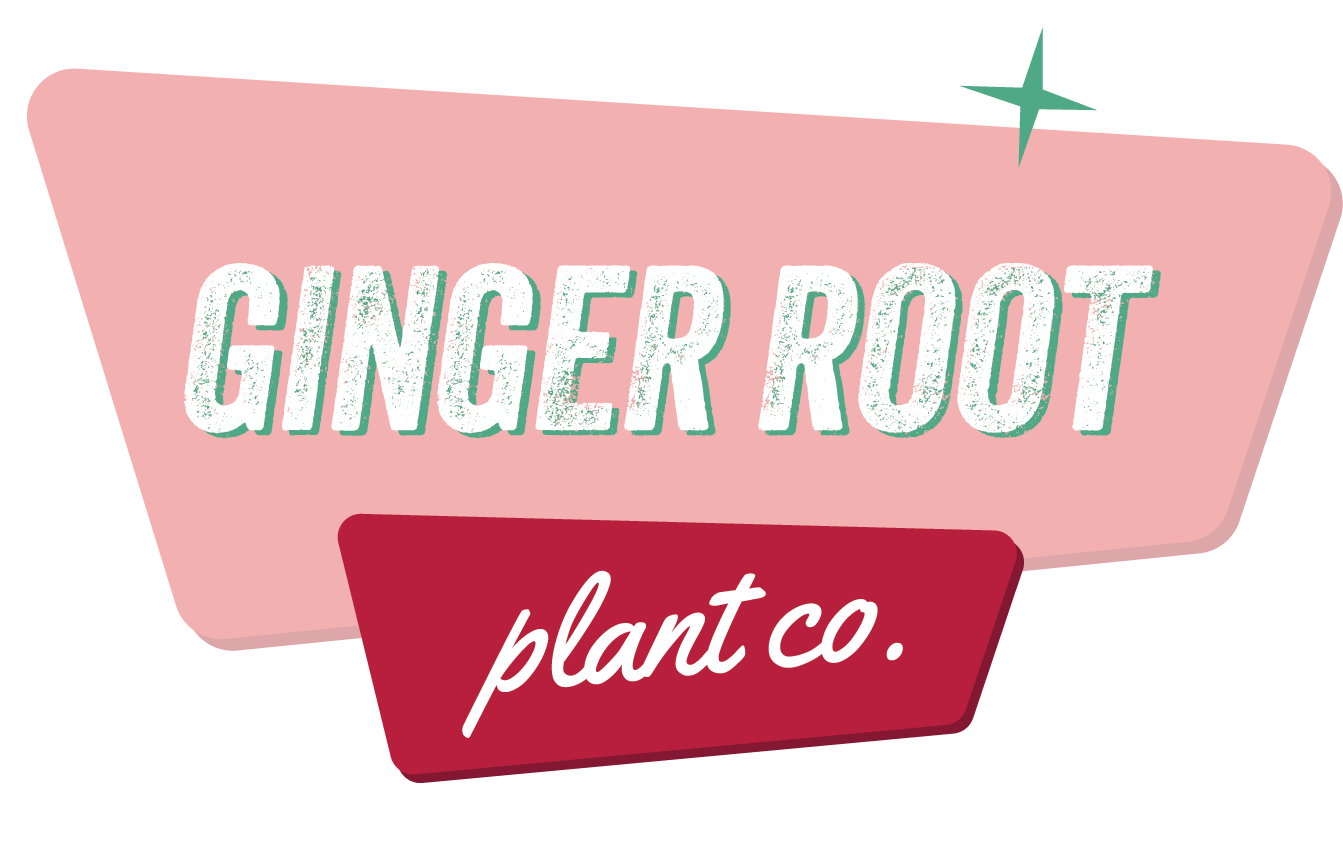You’re Such A Pest
Pests, both visible and non visible, often threaten the vitality of our green spaces. Fear not! In this comprehensive guide, we'll delve into the world of pest prevention and management, arming you with the knowledge and tools needed to protect your indoor plants from unwanted invaders.
Pest prevention is always the first line of defense. Here is a list of best practices to keep you plants happy and healthy.
When bringing home a new plant, keep it in quarantine, away from other plants for at least 2 weeks
Wash your hands and tools when moving from one section of plants to another. Pests travel on clothes, hands and tools.
Use systematic granules or spray
Dilute Neem oil in water and spray your plants on occasion.
Keep plants healthy and happy. This makes them less susceptible and more prepared to fight these pesky pests.
Preventing pests before they get access to your plant collection is smart, but things happen. If you find yourself with a pest infestation, first identify what pest you are dealing with.
Spider Mites
Not visible to the human eye
Identifiable by small, fine webbing on plants especially at joints.
Can put a piece of paper underneath your plant and shake
Scale
Immobile
Look like small bumps on the stems or leaves
Fungus Gnats
Do not harm the plant but annoying
Small flies that feed on organic decomposition and infest soil
Typically indicates overwatering but not always
Mealy Bugs
Wingless insects; adults are 1/10-1/4” long
Identifiable by white powdery masses on leaves
Aphids
Pear shaped; adults are 1/8” in length
Cluster at the growth end of plants
Produce a sugary, honeydew liquid which causes a fungus called sooty mold
New growth will look crinkled or stunted
Thrips
Not visible to the human eye
Distort the plant’s growth and spread disease
Expensive and commercialized products are not needed for pest eradication. You can use items that are probably already around your house and follow these eco-friendly solutions. Once you have identified the pest, follow these steps.
Spider Mites, Scale, Mealy Bugs, Aphids, Thrips
Remove the infected plant and any other plant/s it touches.
Spray the plant/s down with water in the shower or sink. This is called a knockdown spray.
Wipe down the ENTIRE plant/s using one of the solutions below. (I prefer to use cotton pads) This will kill off visible pests. (Not needed for thrips)
70% rubbing alcohol diluted with water; 1 to 3 ratio
Water mixed with a tsp of dawn dish soap
Spray insecticide (such as Neem Oil or Captain Jacks) OR apply beneficial bugs to ensure all pests and larvae are killed. Ensure insecticide lists the pest you are trying to eradicate. Follow all instructions for beneficial bugs. Note: Insecticide will kill beneficial bugs too. Don’t use both.
Reapply insecticide (or beneficial bugs per their instructions) a week later and again as needed
Fungus Gnats
Place sticky traps throughout the house to catch adult fungus gnats.
Put 2 Tbs of Mosquito Bits in 1 Gallon of distilled water. Let them soak for at least 2 hours. Remove the Mosquito Bits from the water. Water plants. Repeat over the next 4 weeks.
Bottom water your plants to help prevent fungus gnats in the future.
Utilize beneficial nematodes or carnivorous plants, if wanted.
Best of luck! These infestations happen to all of us, they are not an indication of a bad plant parent. Need help on your pest journey? Please contact us at help@gingerrootplantco.com to schedule a plant consultation to arm yourself with pest management knowledge or let us take it off your hands. Let’s create a pest-free paradise for your plants together!






